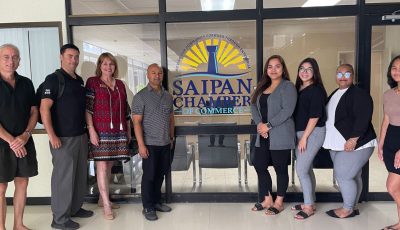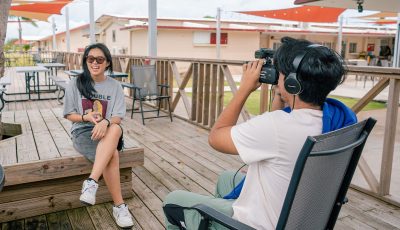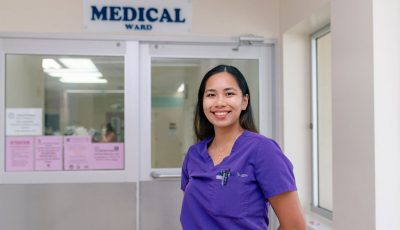A simple solution to a complex challenge
I have been reading about how we are floundering with the CW transition and the recent bill for NMTI to become public and why the governor vetoed the bill. The governor is right in that all NMC, PSS, and the CNMI government need to work together on the challenge of replacing our workforce with U.S. citizens. I have already discussed how this can be done and, given the exposure and attention on the issue now, it may sink in that I may be right.
I am confident that three simple steps can resolve our educational efforts for the CW transition because they already worked in Mexico.
The first is to place our efforts under one umbrella because NMC and PSS are autonomous agencies who are not linked by law. However, this proposed plan would only require them to do their part: The creation of a public service program for NMTI, NMC, PSS and all stakeholders (businesses) in the CW transition. The program will require NMTI, NMC, and PSS to offer the program as part of the coursework for graduation. At the high school or GED level, students will be required to perform 900 hours of service and the college students are required 1,200 hours of service.
The public service will be performed in the “career area” selected by the student in this “voluntary program” that will begin at the 10th grade level. The selected career areas will consist of every business and every field of expertise that is now using a CW, requiring the training of a youth(s) to replace a CW worker. For example: If a student wants to become an architect, nurse, or mechanic, they will go to school halfday starting in the 10th grade and work at the site of their chosen career area for free the other half day from the 10th to 12th for three years of service in high school and two to four years of service in college, depending upon the requirement established for the job.
The PSP will give students real-life experience in the workplace that will go toward their graduation credits and employers will get additional help for free in exchange, along with an experienced U.S. employee after the student has completed the required coursework for the job. The PSP will also decrease the teacher workforce numbers for PSS as fewer teachers will be needed. All businesses with CWs will be required to train a student(s) to replace their CW worker, which will be a win-win scenario for the student, the business and the CNMI.
Many of our graduating students are still leaving the CNMI to find a good jobs and careers in the U.S. mainland but this program will make it far more practical for students to remain in the CNMI as they will have a job and career when they graduate from high school and/or NMC by replacing a CW. Virtually every CW job can be covered under the PSP, making it a complete systemic plan for our students and employers.
The only real challenge to creating a public service program is doing the work. There are only three basic steps needed for the implementation of the PSP, which can easily be accomplished if all the stakeholders will buy into the PSP. The three simple tasks require:
1. All stakeholders to work together in creating the CW job categories;
2. The creation of requirements to replace the CW, which will be high school and/or college education;
3. The logistics of getting these students to their jobsite and back home.
NMTI will function pretty much the same, with the additional responsibility of coordinating student job placement and tracking the students and replacement of the CWs for the government.
More importantly, the implementation of the PSP will demonstrate to the federal government that the CNMI has implemented a systemic and perpetual plan to replace as many CWs as possible. We must give our students real hope and chance through a real systemic program. By making the Northern Marianas Trade Institute the lead public institution to serve as the government entity designated as the “intermediary” for the implementation and maintenance of the PSP and training program at NMTI, PSS and NMC it will put the CNMI’s transition efforts in education under the critical one umbrella. The PSP and training program is the best possible solution on the table from what I have witnessed in our floundering with the CW transition issue in education and NMTI because it has already proven to be successful. The CNMI would be prudent to adopt this successful plan and I am more than willing to help with the technical issues of implementing it, based on my research of the PSP. I have already made a request to the governor for me to be involved in the meeting he plans on having with NMC and PSS so I can explain the PSP in more detail as a possible solution.
I am confident the PSP and training program will sell itself. There are only three steps to implement the PSP and training program so this is really as simple as 1-2-3!
Ambrose M. Bennett
Kagman, Saipan



























